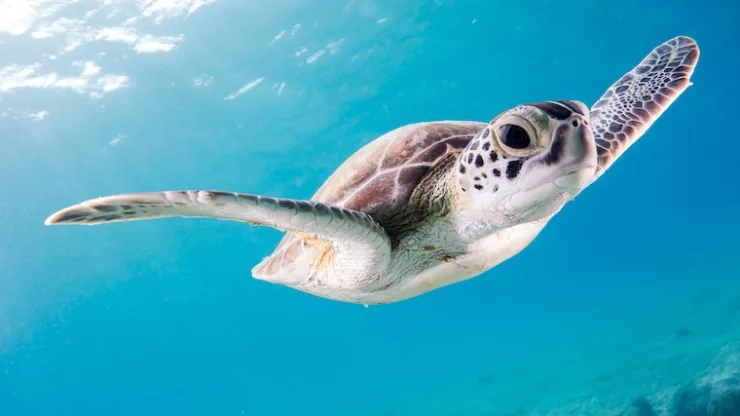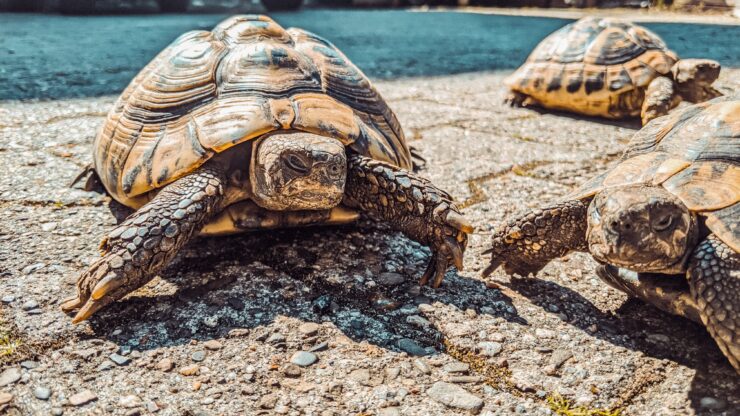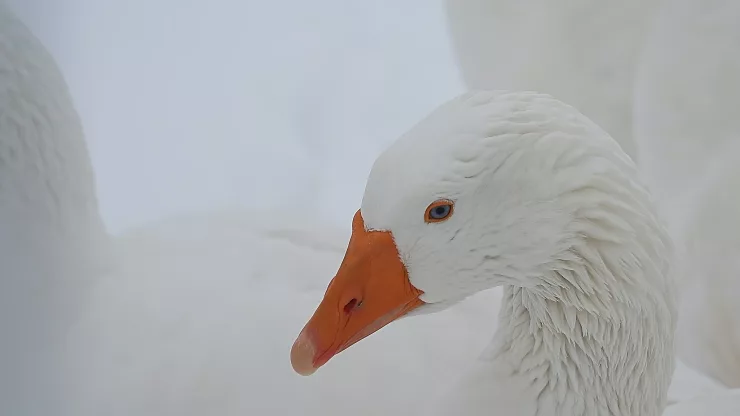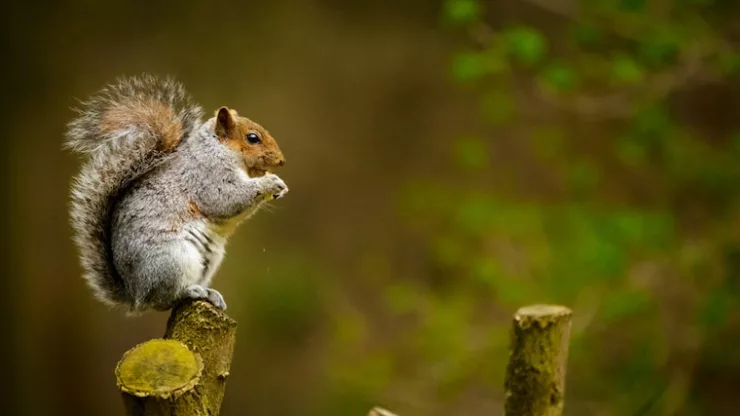Sea turtles are fascinating creatures that have been around for millions of years.
They are known for their unique appearance, gentle nature, and vital role in maintaining the balance of marine ecosystems.
In this article, we will explore some interesting facts about sea turtles that you may not know.
1. There are seven species of sea turtles
There are seven species of sea turtles: green, hawksbill, loggerhead, olive ridley, Kemp’s ridley, flatback, and leatherback. Each species has its own distinct characteristics and habitat.
2. Sea turtles can live for decades
Sea turtles have a long lifespan, with some species living for over 80 years. The oldest known sea turtle was an individual who lived to be 152 years old!
3. Sea turtles are migratory animals
Sea turtles are migratory animals, traveling thousands of miles each year to breed, nest, and feed.
Some species, such as the green turtle, migrate between their foraging and nesting grounds every two to three years.
4. Sea turtles are threatened by human activities
Sea turtles are threatened by human activities such as habitat loss, pollution, and fishing practices.
Many sea turtle populations have declined significantly in recent years, and all species are considered endangered or threatened.
5. Sea turtles have a special sense of direction
Sea turtles have a special sense of direction that helps them navigate the oceans.
They use the Earth’s magnetic field to orient themselves and find their way back to their nesting beaches.
6. Sea turtles are important to marine ecosystems
Sea turtles play an important role in marine ecosystems, helping to maintain the balance of food chains and keeping seagrass beds and coral reefs healthy.
7. Sea turtles have unique nesting habits
During nesting season, female sea turtles come ashore to lay their eggs in the sand.
They dig a hole with their flippers and lay a clutch of eggs before covering the nest and returning to the ocean.
8. Sea turtles are protected by law
All species of sea turtles are protected by law, and it is illegal to harm or harass them.
Many countries have laws in place to protect sea turtles and their habitats.
9. Sea turtles can hold their breath for a long time
Sea turtles can hold their breath for up to several hours underwater while they forage for food.
They have special adaptations that allow them to conserve oxygen and withstand long periods without breathing.
10. Sea turtles are a beloved symbol of conservation
Sea turtles are a beloved symbol of conservation and are often used to raise awareness about the importance of protecting our oceans and marine life.
In conclusion, sea turtles are amazing creatures with a unique set of characteristics that make them fascinating and important to our planet.
By learning more about these gentle giants, we can better understand their role in marine ecosystems and work together to protect them for generations to come.
FAQ
What do sea turtles eat?
Sea turtles are omnivores and eat a variety of marine plants and animals, including seagrass, algae, jellyfish, and crustaceans.
How many eggs can a sea turtle lay in a nest?
Female sea turtles can lay between 50-200 eggs in a single nest, depending on the species.
How long does it take for sea turtle eggs to hatch?
Sea turtle eggs typically hatch after 50-60 days, depending on the temperature of the nest.
How can I help protect sea turtles?
You can help protect sea turtles by reducing your use of plastic, supporting conservation organizations, and being mindful of your impact on the environment.
What do sea turtles eat?
Sea turtles are omnivores and eat a variety of marine plants and animals, including seagrass, algae, jellyfish, and crustaceans.
How many eggs can a sea turtle lay in a nest?
Female sea turtles can lay between 50-200 eggs in a single nest, depending on the species.
How long does it take for sea turtle eggs to hatch?
Sea turtle eggs typically hatch after 50-60 days, depending on the temperature of the nest.
How can I help protect sea turtles?
You can help protect sea turtles by reducing your use of plastic, supporting conservation organizations, and being mindful of your impact on the environment.
What are the threats to sea turtles?
Sea turtles face various threats, including habitat destruction, pollution, climate change, entanglement in fishing gear, poaching, and predation.
These factors contribute to the decline of sea turtle populations worldwide.
Why are sea turtles important to the ecosystem?
Sea turtles play a crucial role in maintaining the health of marine ecosystems. They help control populations of jellyfish and seagrass by feeding on them.
Their nesting activities also contribute to the nutrient enrichment of beaches and dunes, benefiting other species in the coastal ecosystem.
Do sea turtles migrate?
Yes, sea turtles are known for their impressive long-distance migrations. They travel thousands of miles between feeding grounds and nesting beaches.
Some species, like the loggerhead turtle, have distinct migration routes that they follow each year.
Are all species of sea turtles endangered?
Not all species of sea turtles are endangered, but they are all listed as threatened or endangered to some degree.
The conservation status of each species varies, with some being more critically endangered than others.
It is important to protect and conserve all sea turtle species to ensure their survival.
Can I touch or disturb sea turtles if I encounter them?
It is best to avoid touching or disturbing sea turtles if you encounter them in the wild.
Sea turtles are protected species, and interfering with their natural behavior can cause stress and harm.
It is important to observe them from a respectful distance and let them carry out their activities undisturbed.
Where can I see sea turtles in their natural habitat?
Sea turtles can be found in various parts of the world, particularly in warm and tropical waters.
Popular destinations for sea turtle sightings include nesting beaches, marine protected areas, and coral reefs.
Some well-known locations for sea turtle encounters include the Great Barrier Reef in Australia, the Galapagos Islands in Ecuador, and the Osa Peninsula in Costa Rica.

I am a fun fact enthusiast and creator of Facts On Tap.
I love to share my knowledge and curiosity with readers and inspire them to learn something new every day.
When I’m not writing, I enjoy traveling, reading, and playing trivia games with my friends.




